How High Heels Can Cause Foot, Ankle, & Leg Injuries
Ladies, we’re not going to tell you not to wear your beloved high heels—we are, however, going to uncover the many different foot, ankle, and alignment problems that high heels can contribute to (if not cause), and what you can do to prevent these problems from developing or worsening. First, let’s explore the anatomy of the human foot.
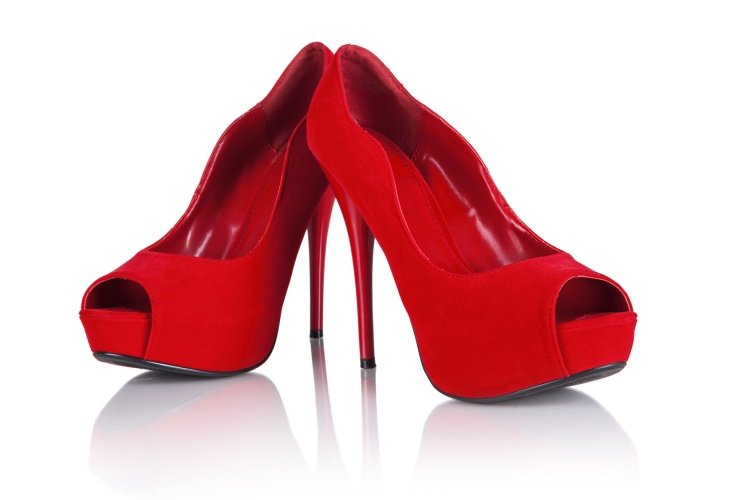
The Anatomy of the Foot
One-quarter of all the bones in the human body are found in our feet. Each foot has 26 bones, 33 joints, and more than 100 muscles and ligaments, which are finely tuned to help us walk, run, and jump with amazing precision. We’ll spare you all of the anatomical terms like “cuboid bone” and “phalanges” and, instead, break down the structure of the foot into simpler terms. The basic structure of the foot consists of:
- The forefoot: Includes the five toes and the metatarsal bones that connect the toes to the midfoot
- The midfoot: The collection of bones that form the arches of the feet
- The hindfoot: Includes the heel and ankle, as well as the talus bone, which supports the leg bones
A foot specialist can help you better understand the anatomy of the foot and illuminate the reasons for any problems you may be having.
We didn’t evolve wearing high heels, so it stands to reason that they can and do cause not only foot problems, but alignment issues throughout the body. Nevertheless, high heels have been quite popular for some time for the long, leggy look they create.
When and why did high heels become popular? Let’s explore.
A (Brief) History of High Heels
Before they became a fashion statement, high heels were worn by men. You read that right! Citing the depiction on a 9th-century ceramic bowl from Persia, a curator from Toronto’s Bata Shoe Museum claims the origin of high-heeled shoes can be traced back to horse-riding warriors in the Middle East who used high heels to hold their feet in the stirrups.1 This is also why cowboy boots almost always have a raised heel—often a fairly thick one. Medieval Europeans also wore wooden heels, as seen in portraits of Louis XIV and other imagery from the time.

Conditions Caused by High Heels
Wearing high-heeled shoes, especially those with a heel of 3 inches or more and with a pointed toe, can cause significant discomfort, as well as foot, ankle, and other problems. Let’s explore.
Metatarsalgia and foot fractures
High heels force the toe into a downward position, which gives the legs a slender and elongated look, but also puts excessive pressure on the ball of the foot and causes the toes to pull up in an unnatural way, placing additional pressure on the metatarsal bones. Pain is so common from forcing the foot into this position it has a name: metatarsalgia. If you want to impress your friends at your next dinner part you can say, “Boy, my metatarsalgia sure is severe in these heels” but you’ll probably opt to just say “My feet hurt” instead. Over time the continued pressure on your metatarsal bones can lead to a stress fracture.
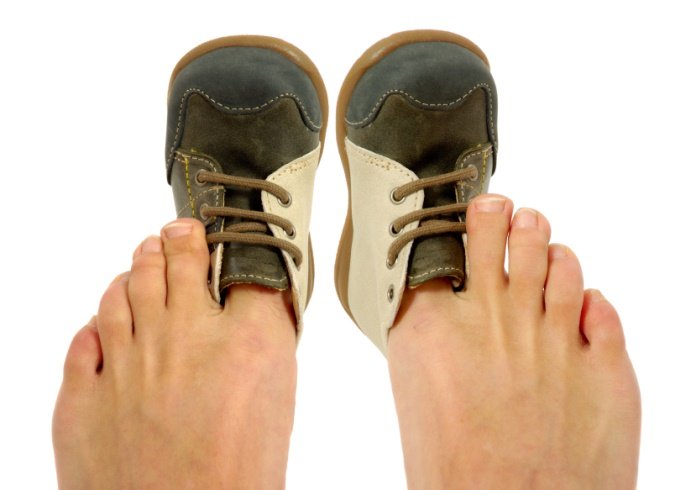
- Bunions and bunionettes: A bunion is the swelling of the joint of the big toe. It causes a distinctive-looking “bump” on the outside of the big toe at the joint. Bunions are caused from uneven pressure on the joints and tendons of the foot. Eventually a hard knob forms from the imbalanced pressure. Experts disagree on whether ill-fitting shoes and high heels cause or simply contribute to bunion development. Even young people who wear comfortable, well-fitting shoes can develop bunions as early as pre-adolescence, indicating that bunions are probably inherited in some people. A bunionette (also called tailor’s bunion) is a swollen lump at the outside of the foot near the base of the pinky toe. Wearing shoes that are too tight or high heels that force the toes downward into an unnatural position can contribute to the development of bunionettes. Many people with bunionettes also develop a hard corn and/or bursitis in the same area. Bunions and bunionettes that become painful may require surgery by an experienced foot doctor to correct.
- Hammertoes: A hammertoe is a deformity that affects the second, third, and/or fourth toe. The toe(s) are bent at the middle joint and, while flexible at first, can become fixed in the bent position over time. This can be quite debilitating and painful, and may require surgery to correct. A foot surgeon will determine whether surgery is necessary, depending on the severity of the person’s condition. Wearing high-heeled and/or close-toed shoes can worsen hammertoes. Those with the condition often have difficulty finding shoes that are comfortable and can develop painful calluses on the tops of the toes.
- Ankle sprains: Any woman who has ever worn a stiletto heel has probably twisted her ankle at some point, especially when walking over an uneven surface. When the foot and ankle are placed in an unnatural position, as when a person wears high heels, ankle sprains can happen easily. High heels make the foot especially vulnerable to an inversion injury, wherein the foot rolls underneath the ankle. A severe inversion can tear ligaments and even break bones.
- Achilles tendon: The more angled the foot is in a high heel, the shorter the Achilles tendon becomes, which can create heel pain. Women who wear very high heels every day are at an increased risk for tearing the Achilles tendon.
- Toenail deformities: Because high heels typically cause the foot to slide forward, toenail deformities are a common problem for high-heel wearers. A toe box that is pointed, or otherwise crowds the toes, can reduce blood flow and cause rubbing and pressure that can lead to fungal infections and nail deformities.
- Morton’s neuroma: Wearing high heels can also lead to Morton’s neuroma, a condition in which the nerve tissue between the third and fourth toes becomes thickened. It is also sometimes referred to as intermetatarsal neuroma. Compression on the ball of the foot from high heels can lead to Morton’s neuroma, which can result in permanent nerve damage.
Statistics on High Heel-Related Injuries
High heels change wearers’ posture and gait—a person who wears heels frequently can develop an altered gait even when barefoot. One study found that those who wear high heels frequently have shortened calf muscles, which put more stress on the muscles and led to more muscle fatigue.2 Women have around four times as many foot problems as men, largely from wearing high heels, according to the College of Podiatry. A study led by researchers at the University of Alabama at Birmingham found that injuries from high heels increased from an estimated 7,097 in 2002 to 14,140 in 2012.3
How to Wear Heels without Causing Injury
You don’t have to give up wearing high heels altogether, but to prevent injury it’s important to be smart about how you wear them. Here are some tips:
Wear a lower heel: Opt for heels that are 3 inches or less. Anything higher than that puts added stress on the ball of your foot, your back, and hips, and can more severely alter your gait.
Pay attention to posture: High heels completely change a person’s posture. Be aware of how your weight slides forward in high heels, and try to distribute your weight more evenly between the ball and heel of the foot. Keep your shoulders back, your chest out, and soften your knees while wearing heels.
Go for platforms or wedges: Platforms and wedges can give you added height with a more gradual (and, in the case of platforms, sometimes nearly flat) heel. Choose platforms and wedges that have a thicker toe, which will reduce the overall arch of the foot.
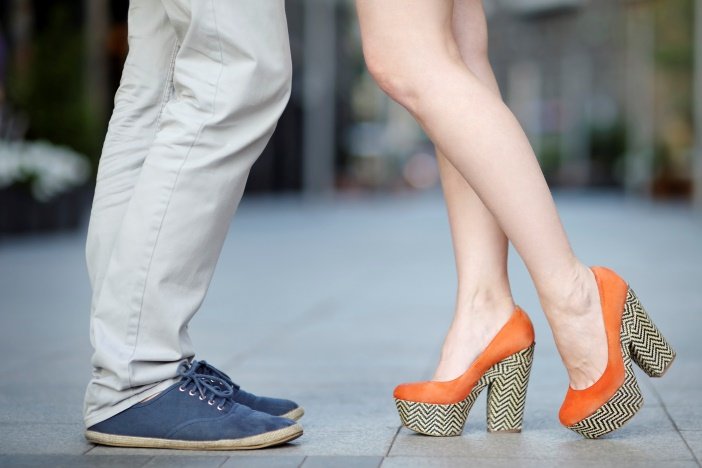
Switch things up: If you wear 3-inch heels one day, wear 2-inch heels or flats the next. Switching up your shoes will give your feet a rest and will also help prevent the Achilles tendon and calf muscles from shortening.
Minimize the amount of time you spend in heels: Sometimes you have to get clever and think ahead. Bringing a pair of flat shoes/sandals to walk to and from the car or to an event, and then changing into heels on arrival can give your feet a break.
Avoid stilettos: They don’t call them killer heels for nothing. Stiletto heels that are 4 or 5 inches or more offer virtually no foot support, put a tremendous amount of strain on the ball of the foot, and increase the likelihood of an ankle sprain or inversion injury.
Do calf exercises: Stretch your calf muscles by standing on a step (hold onto something for stability) and dropping your heels as far as they can go until you feel a good stretch. Hold for 10 seconds before rolling onto your tip toes.
Choose a wider toe box: A rounded toe box will help prevent toes from becoming crowded and put less pressure on the ball of the foot.
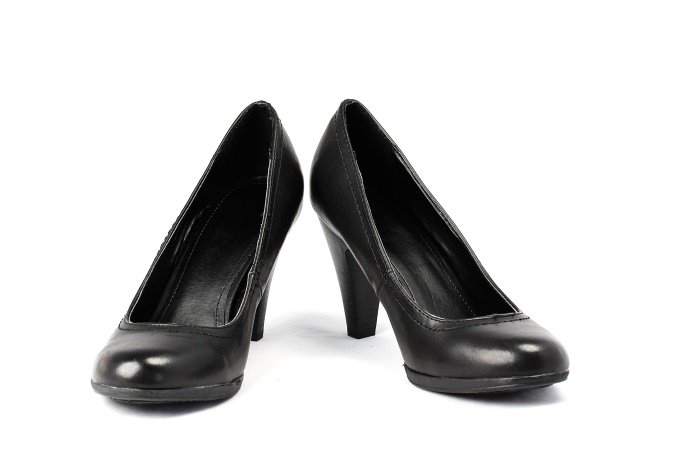
Choose shoes with soft insoles: More cushioning, especially at the ball of the foot, can reduce the amount of pressure on the foot, helping to prevent nerve problems like Morton’s neuroma.
Choose open, strappy sandals: Strappy shoes that don’t rub the toes and nails can be especially helpful to prevent or provide relief for those with hammertoes or toenail problems.
Wear heels less often: When all else fails, wear heels fewer days a week, for limited amounts of time, and in situations where you’ll be sitting much of the time.
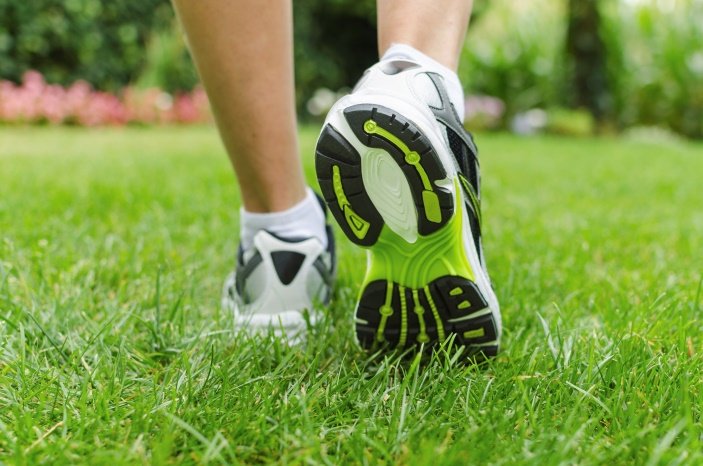
If you’re one of the unfortunate souls who has already developed foot problems after years of wearing high heels—whether bunions, bunionettes, hammertoes, Morton’s neuroma, or other problems—foot specialist Dr. Ravaei can help. Contact us today for a consultation: 866-866-FEET.
Sources:
- http://www.bbc.com/news/magazine-21151350
- http://www.ncbi.nlm.nih.gov/pubmed/22241055
- http://www.huffingtonpost.com/2015/06/15/high-heel-injuries-double-happen-at-home_n_7585766.html
Schedule a consultation today!













